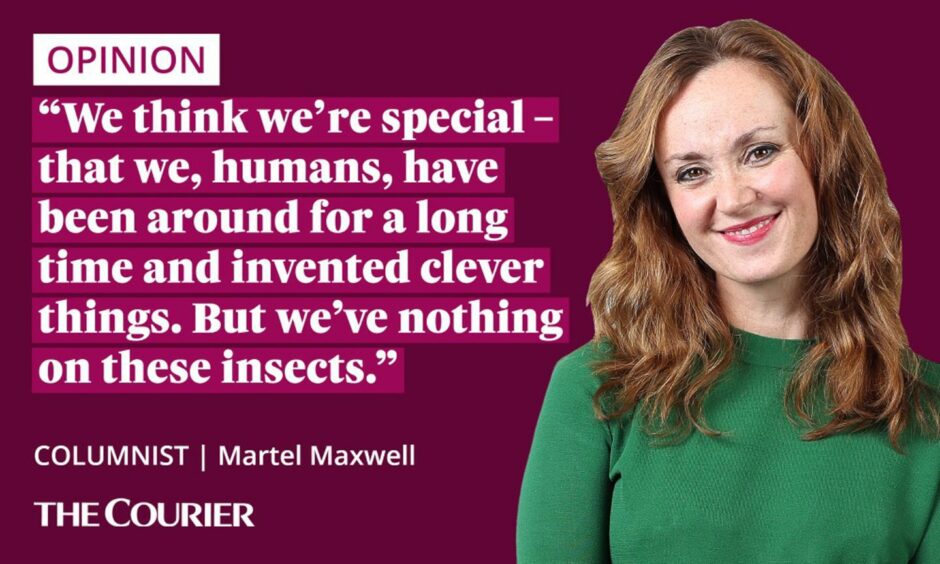A friend who stayed last week phoned me in a blind panic.
“Are you okay?” She asked.
“Em, yes,” I replied.
She asked: “You’re not itchy?”
Oh no, I thought.
“We got home and I realised we had…”
I knew what was coming.
“Nits.”
Now? Seriously? Why are nits even a thing?
We can walk on the moon, invent a Covid-19 vaccine and run cars with electricity. But we can’t eradicate tiny creatures which survive on our head.
I did a frantic search with the special nit comb and found no trace but I haven’t stopped looking since.
We had them once – a couple of years ago and it was awful. I assumed that, having boys, it would never be an issue.
Once, I spotted a group of mums by the school gates. I thought they were trying out a new fashion of slicked back hair circa Robert Palmer’s 1986 Addicted to Love video.
No, they said with heavy hearts. Their daughters had spread lice to them and no matter how many times they treated their hair, they kept coming back.
A 24-hour oil treatment was their last ditch attempt.
And then, it happened to me. Except I was so unsuspecting of it that I went to the doctor thinking my itchy scalp was something to do with the perimenopause.
The doctor said it might be.
And so the itching continued and I took my nits on holiday to Spain.
Even when my boys were itching it took a while to click. Meanwhile, the nits multiplied at a rate of knots – or more accurately, five to six eggs per day. I feel sick thinking about it.
I bought the special comb and seeing these little beasties crawling around was like a horror movie.
We think we’re special – that we, humans, have been around for a long time and invented clever things. But we’ve nothing on these insects.
Head lice have been around for a long time, an estimated 1.68 million years before homo sapiens even emerged.
Experts believe they started their relationships with humans about the same time human evolution separated from chimpanzee evolution.
It’s not a relationship I find very giving. They suck blood from our scalp and live off us. It’s all about them.
Treating our family was torturous and the first two attempts with Hedrin treatment, the brand sold in chemists, didn’t quite work.
It makes sense that if you’re going to find a way to survive for millions of years, you’ll probably figure out how to become immune to Hedrin.
Martel Maxwell’s top tip to banish nits
The comb is the essential bit, getting every single blighter out until your arms ache.
Top tip – there’s an Australian brand online called NitWits and it was easy to use and did the trick.
Then there’s the shame. Of course, there shouldn’t be because lice do not discriminate.
Royal Egyptians used often to shave their heads to rid of lice and wear long wigs to look regal.
Two thousand or so years on, my gran – brought up in the Overgate slums of Dundee – remembers kids who were seen as needing extra care being taken to a home and their heads shaved.
And now, the treatments have improved but the root problem remains, as does that shame.
Still there is a stigma, an unsaid feeling it’s a dirty thing to have.
We’ve been ‘clean’ for a couple of years.
I love all living creatures, even struggling to kill that other ‘take, take, take and never give back’ insect the wasp.
But nits are the exception. They really can jog on.











